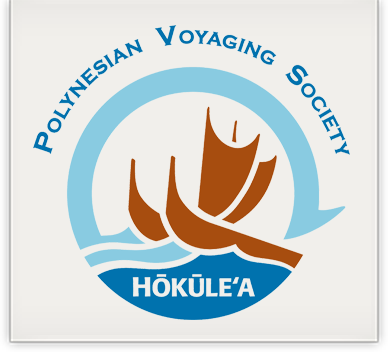Learning Journeys: Waihe’e (June 21) & Honokōwai (June 24)
Maui (Mary Anna Waldrop) —
Waihe’e Coastal Dunes and Wetlands Refuge (June 21)
“What fires me up is reaching back into the past to see what our kupuna did to care for the land so that we can learn from them to live more compatibly in our own time.” It was easy to get fired up listening to Scott Fisher, manager of Waihe’e Coastal Dunes and Wetlands Refuge on Maui, as he described the history and goals of this sensitive Learning Journey site. Standing in the “Piko of the Refuge” on this the longest day of the year, the presence of the ancestors is so strong that the air feels thin. Silence can be heard. Time disappears – the past is now, the future is yesterday.
Just a decade ago, a destination golf resort was planned on this sacred space. Instead, on this historically cultural, eco-sensitive wetlands site, invasive species are continually being cleared and replanted with native species. Restoration of the ecosystem, protection and cultural preservation of the 93 archaeological sites and education are the present goals.
And for the future, Scott “would like to see water in a community supported fish pond and a habitat for native sea birds.” Relating to our aina determines how sustainable we can live. The answer to “How do you Mālama Honua?” is readily apparent at the Waihe’e Coastal Dunes and Wetlands Refuge, and not just on the Summer Solstice. Mahalo nui loa to the unhurried, valuable time Scott gave us, teaching, laughing and embracing this beautiful area. To learn more about the Coastal Dunes and Wetlands Refuge on Maui, go to www.hilt.org/protected-lands/maui/waihee-refuge.
Planting the Past for the Future in Honokōwai Valley (June 24)
Early in the morning, twelve people gathered at the Pu’ukoli’i Train Station in Ka’ana’pali to begin an Adventure of Connection. Auntie Puanani Lindsey, who for the past 14 years, has continued to carry on the love of restoring Honokōwai Valley, was our leader along with her son, Ekolu Lindsey, the president of Maui Cultural Lands. Driving slowly so as not to cover the trucks behind in a cloud of red dust, we reached the gathering area. Hiking along a narrow well-traveled trail, we were greeted with the majestic beauty of lush mountains and the verdant valley below.
Puanani chanted a kahea calling to our aumakua which was answered by Anela followed by the calling out of the pu (conch shell). The depth of the moment was felt by all. Not only were we invited to participate in being a part of restoring this sacred land that once was a thriving Hawaiian village dating back to Pre Columbus and the Great Wall of China, we were part of the present time of honoring the 4th anniversary of the death of Ed Lindsey, the Maui Treasure who began Mālama Honokōwai in 2000.
Dwayne Minton carried on an encyclopedic stream of information about every plant, tree and weed we passed. Noni, a’ali’i, akia, ulei, pokulakalaka (munroidendron), medicinal and Hawaiian uses, geographic distribution, species interconnectedness and interdependencies as well as preservation and conservation strategies flew over our heads.
Sitting beneath a towering red wall, we listened as Ekolu explained how his dad, Uncle Ed, would answer students’ questions with a question. He explained how when the Sacred Hearts School students came up to honor Uncle Ed’s passing four months after his death, that he “got” what he was supposed to do and what his part in Maui Cultural Lands was. “This is for the future, creating for the future one weed at a time, one plant at a time, to create leadership for tomorrow.”
After weeding the steepest hillside we’ve ever tried to stand on, we shared lunch while Puanani contemplated where Hokule’a crew would plant the pokulakalaka to honor the special occasion to memorialize Uncle Ed’s 4th anniversary. The Hokule’a crew cut digging sticks while the spot was chosen. It was important to Auntie Puanani that the hands of Hokule’a crew dig, plant and water the tree. “Seeing the crew in a circle as they chanted, the earth lifted, I did a pule to the earth and felt so special.” Plans to dedicate a plaque with each crew member’s name who touched the aina that day are in process.
Having Hokule’a crew members honor Ed Lindsey, one of the original island voyagers on Mo’olele, symbolized the connection of the Valley to the ocean. “Honokawai Valley is our canoe,” Ekolu stated. “We are connecting the Valley to a different kind of world. We are sharing our culture, grounding our culture.” It wasn’t only Auntie Puanani who had tears this day. Each of us felt the connection to Uncle Ed, whether meeting him for the first time or knowing him well. As we returned, it was possible to see the “fleet of canoes” across the ocean he dreamed of. We thank the Lindsey ‘ohana for their kindness and generosity.
Click here for more about Mālama Honokōwai Valley.









